Voice Over Microphones – A Quick Glance!
In this article, we take a quick look at the types of microphones, particularly those used in voice over.
In short, there are different types of microphones; the most common two are:
- Dynamic Microphones
- Condenser Microphones
The First Type: “Dynamic Microphones”; these are the microphones used in interviews and live performances. This microphone type is used in such settings because it is only sensitive to the sound coming from the side it precisely points at, in other words, the mouth of the speaker that it faces. It does not strongly capture the sounds coming from the audience or background.
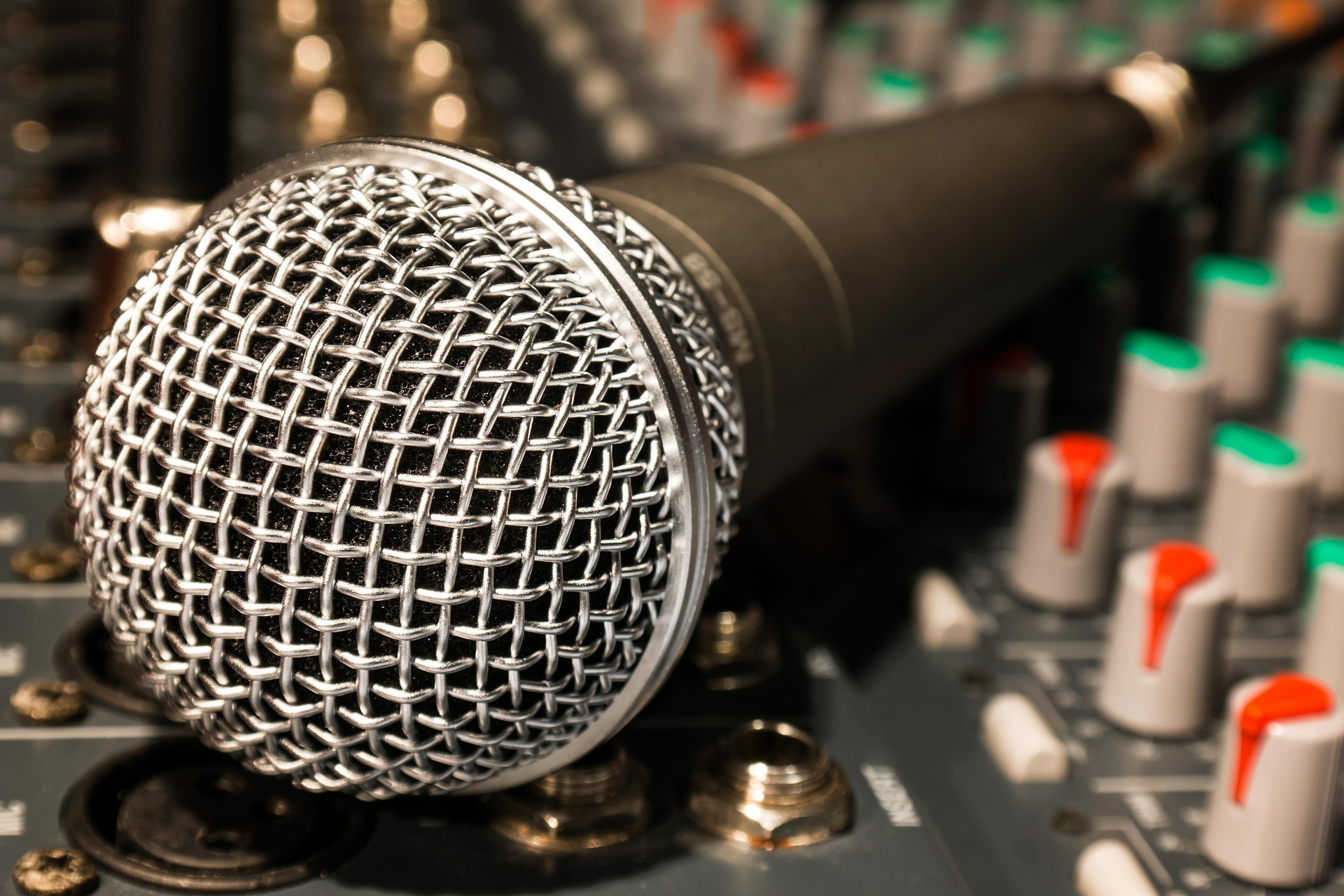
The Second Type: “Condenser Microphones”; these are the microphones often used in voice-over. They have greater sensitivity and higher definition than the first type. Yet, they require a certain degree of sound isolation since they can easily pick up ambient sounds with a capability that varies according to the microphone quality and sensitivity level.
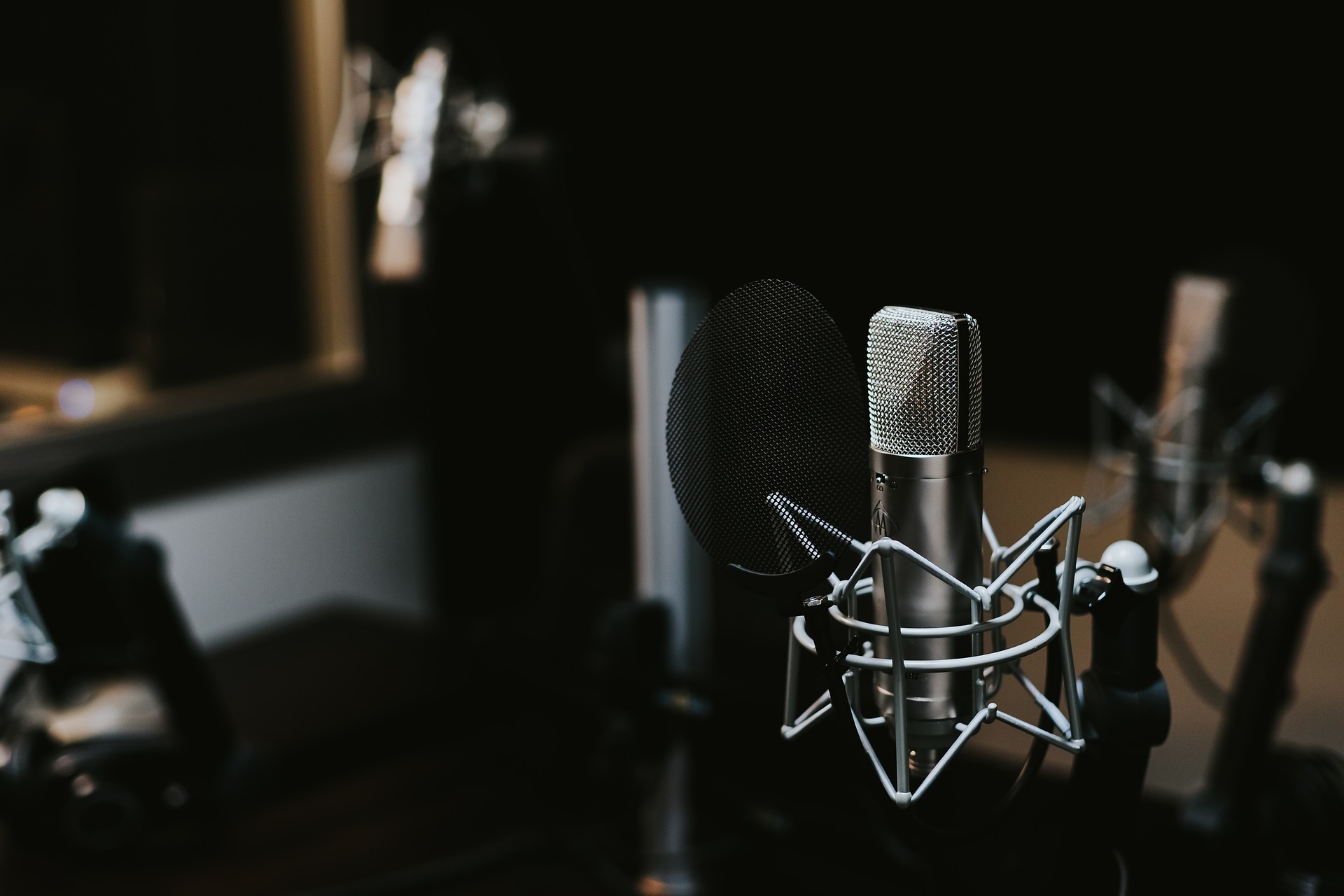
So, can’t the first type, dynamic microphones, be used in voice-over?
- The answer: it can be used in some settings where the degree of sound isolation is not enough for a condenser microphone. It can still produce good clean sounds but not as crisp as those produced by a condenser microphone, so most professional voice-over providers opt for the second type.
Types of Cable Connectors for these Microphones:
For these microphones to convert sound waves into electrical waves that appear on your computer screen, the microphone needs to be connected to one of two types of cable connectors:
- The XLR Cable Connector (shown in the picture below): This connector needs to be plugged into an audio interface since there are no direct input/output ports to connect it directly to a computer. Most professional microphones use this connector; to the audio interface, then is plugged into the computer through a USB connector.
An XLR connector:
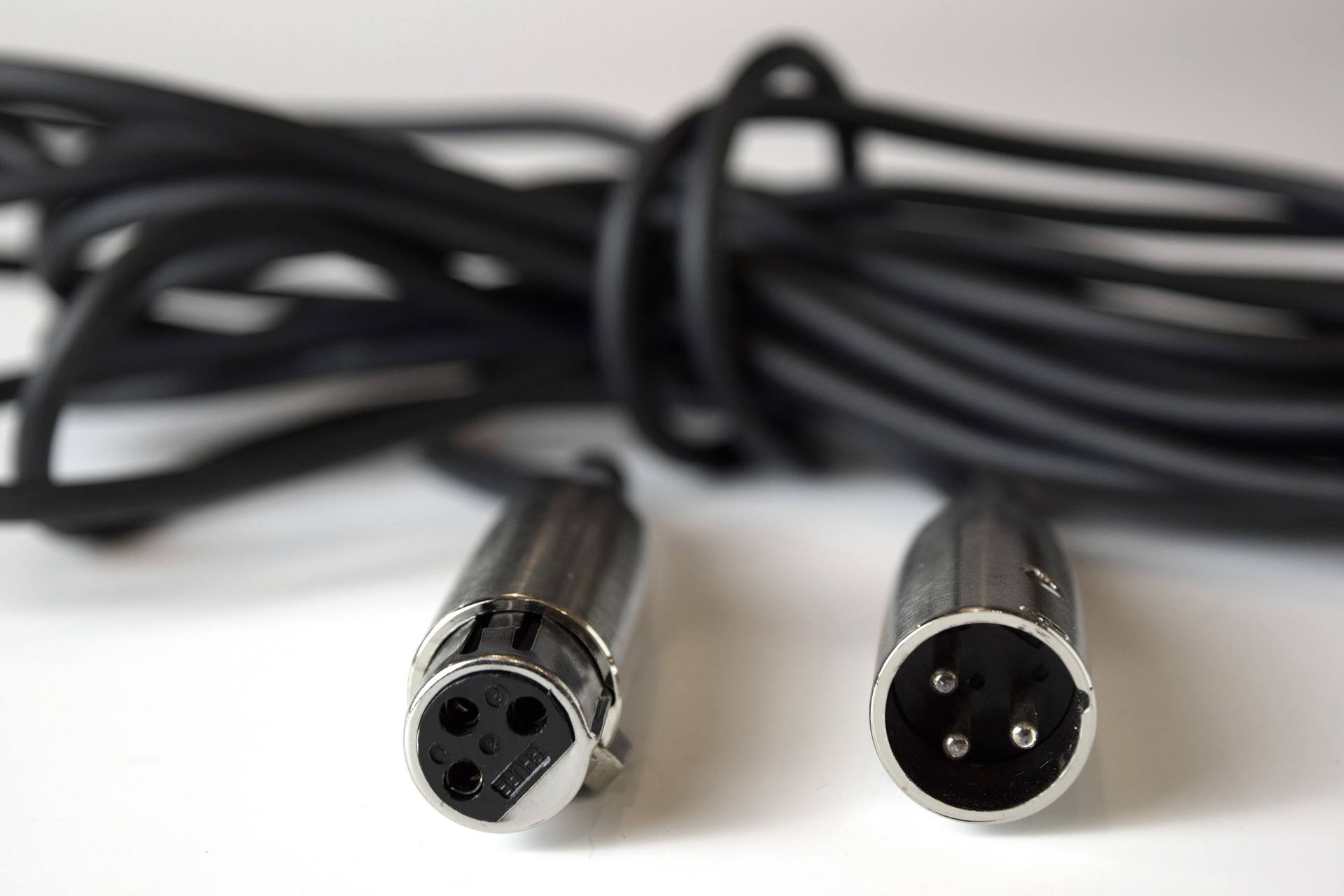
Audio Interface:
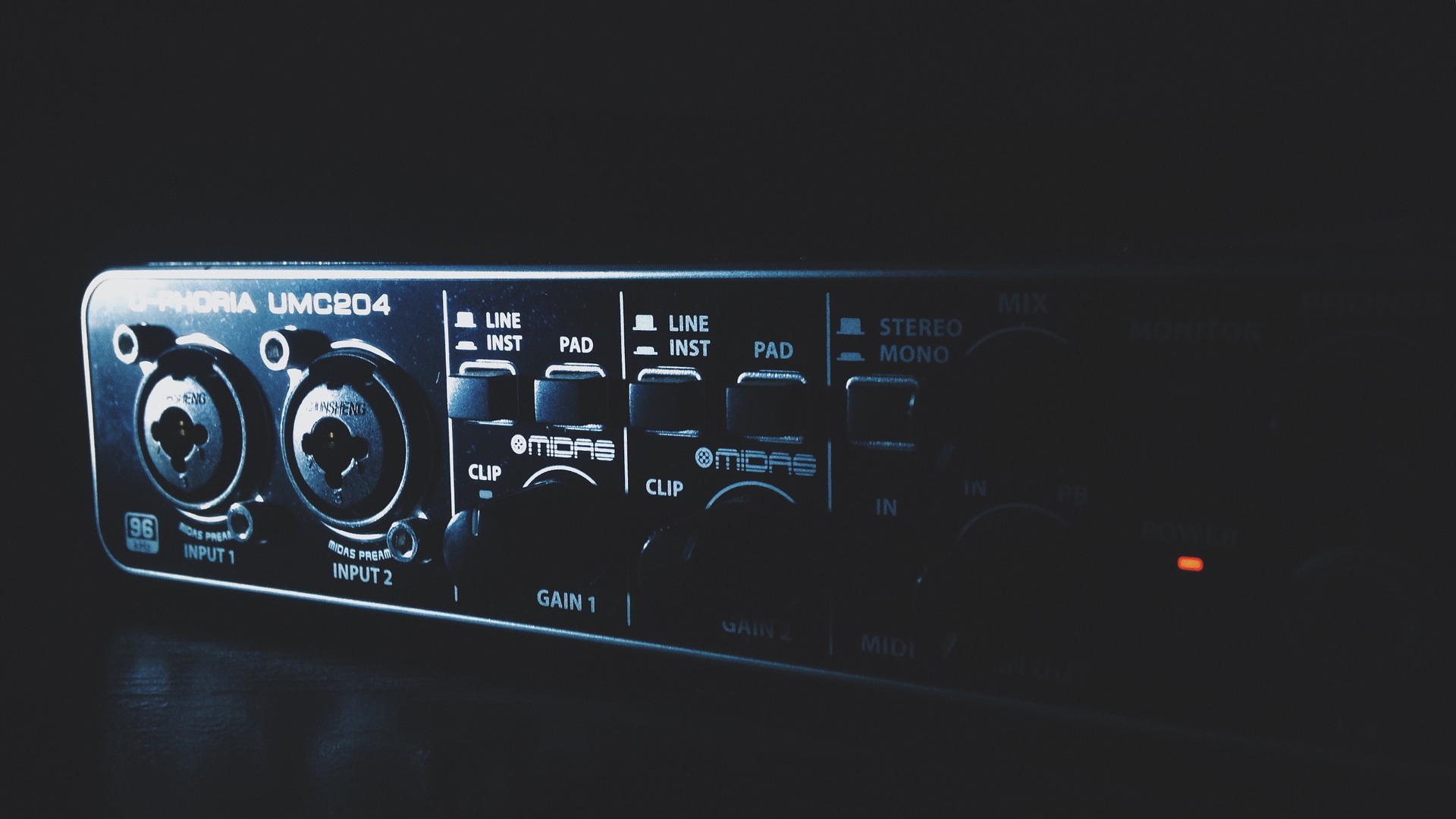
Below is one of the most popular audio interfaces among voice-over artists; it is known for its superior quality and affordability. There are, of course, other different types that can be good and cheaper, but this one is widely recognized among voice-over artists as being good:
- The USB Cable Connector: Microphones using this connector are relatively new compared to the abovementioned type. It is debatable whether the quality of these microphones is as good as those using an XLR connector. However, some of these microphones are a great fit for home use and are easy to connect, and some, produced by international brands, are of excellent quality.
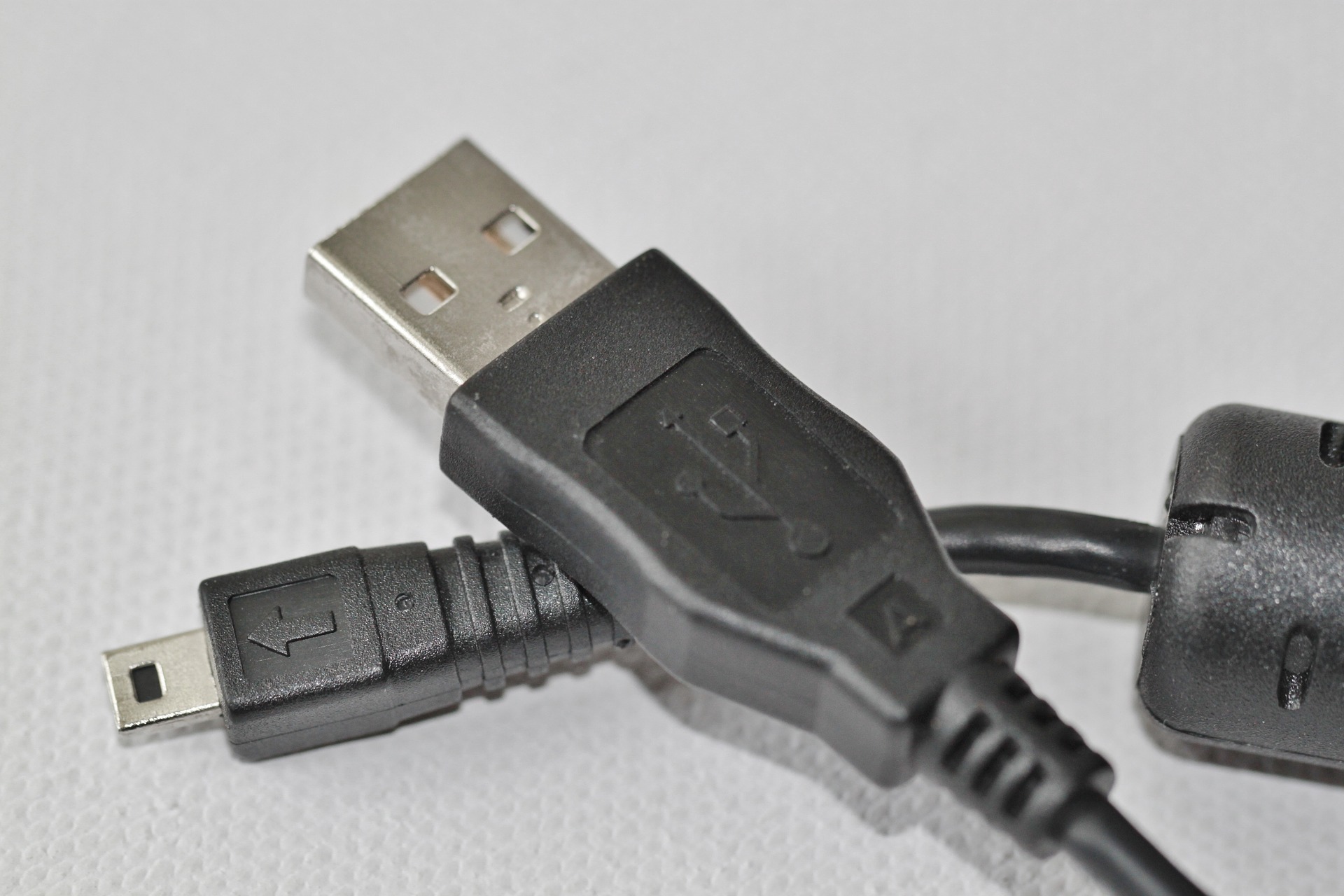
One end of this connector connects to the microphone and the other directly to the computer.
Following is one of the best USB microphones that can be used for starting voice-over. Please note that it picks up all the sounds, so try to use it in a tranquil place.
It may now be worth mentioning a third type of microphones, “Portable Microphones.” The most popular of these are produced by Zoom Corporation, such as the one shown in the picture below. The main advantage of these microphones is that they directly record on the device itself using a memory card without needing a sound card or a computer. These microphones were initially designed for field recording, not voice-over. However, some voice-over artists have effectively used them for voice-over as they can also connect them to a computer through a USB and use them to record through recording programs directly. The device incorporates a microphone from the condenser type. The audio quality varies from version to version, and the modern ones may sometimes be used as an audio interface.
The Zoom H5:

Zoom H5:
Zoom H6:
It should be noted here that we did not mention some other details related to microphones to make it easier for beginners and new readers. For example, we did not tackle polar patterns or diaphragm sizes. These topics may be discussed in the upcoming days, insha’Allah.
Stay well, and till next time!
